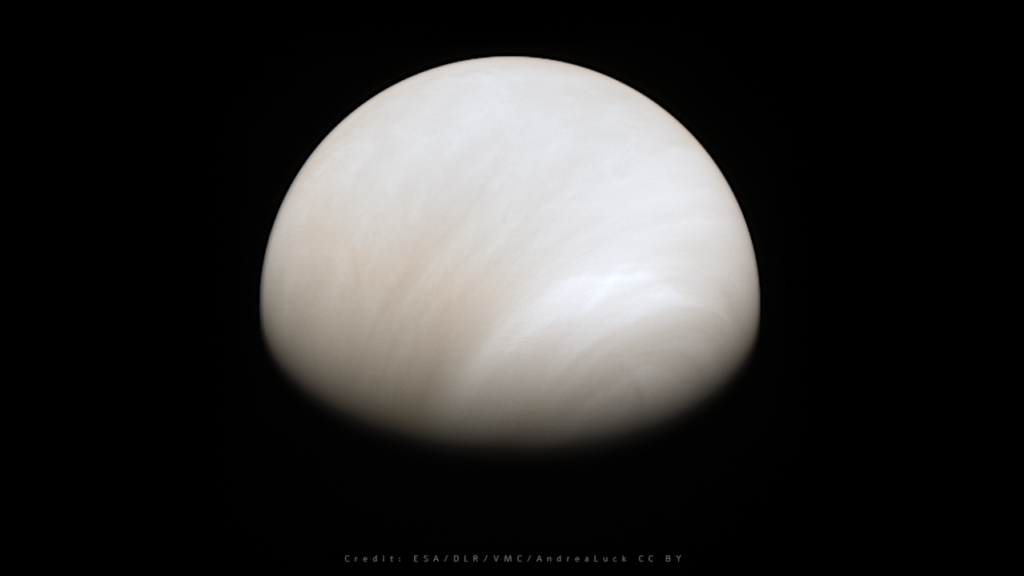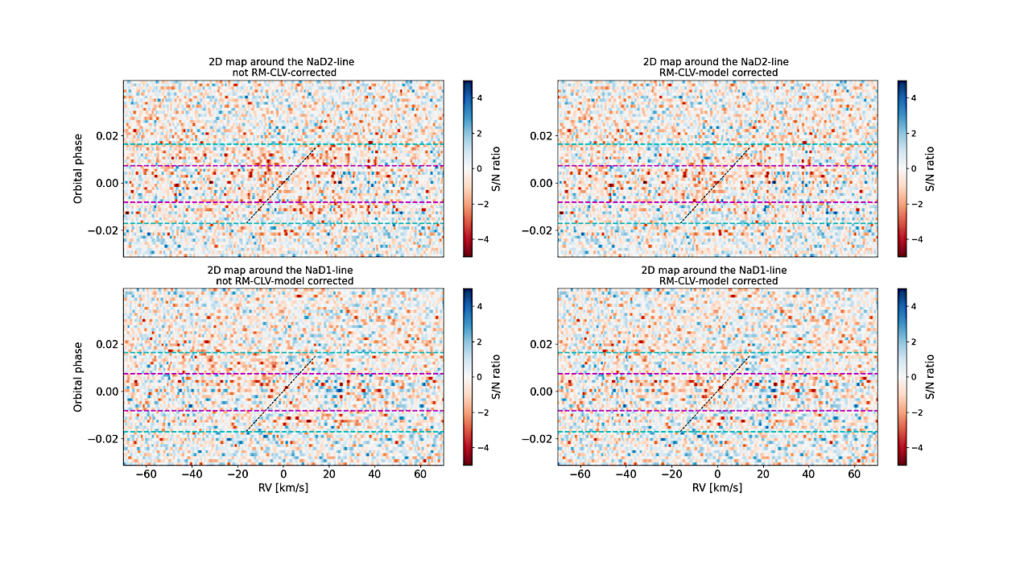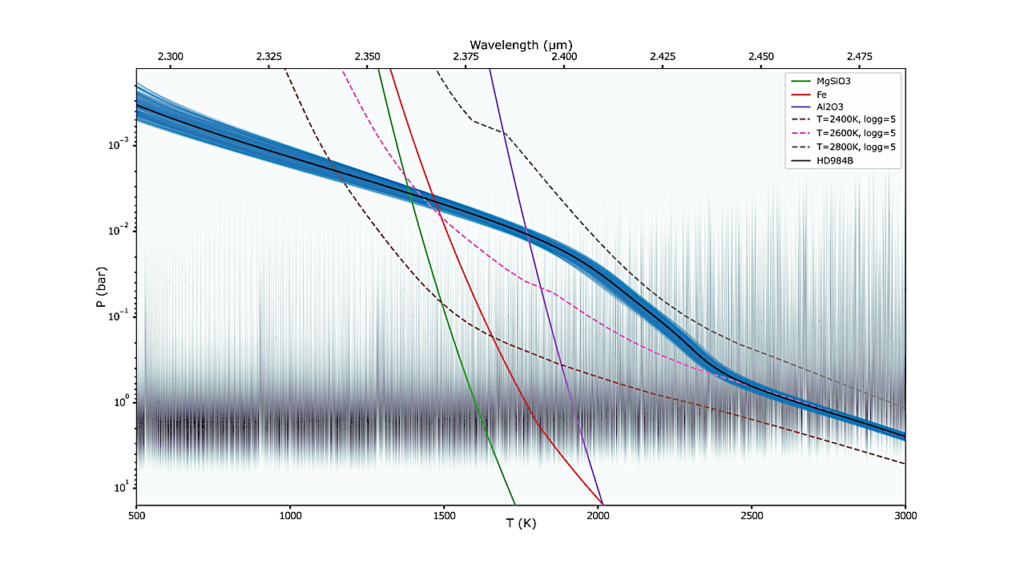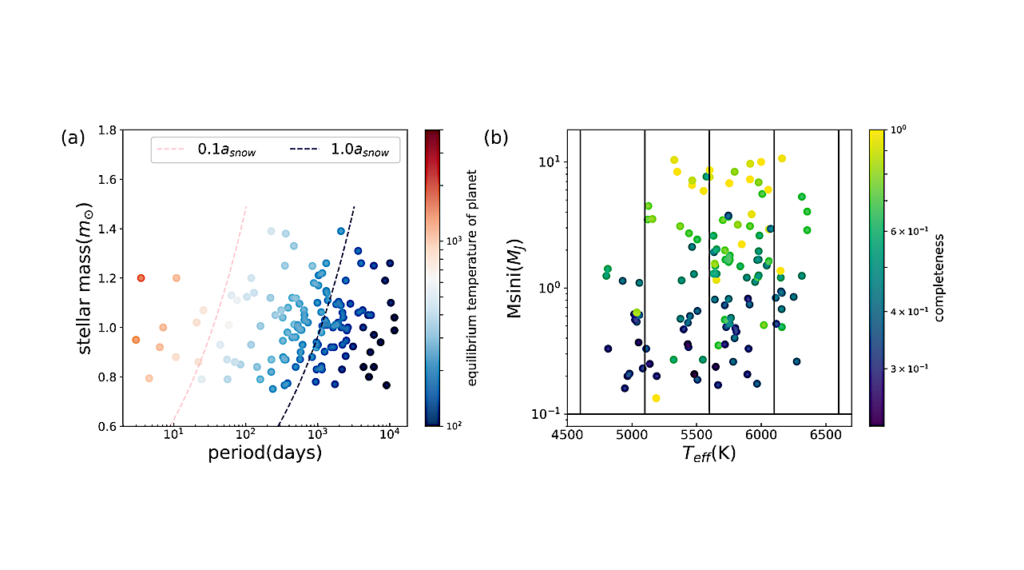Grid of Pseudo-2D Chemistry Models for Tidally-Locked Exoplanets. I. The Role of Vertical and Horizontal Mixing

The atmospheres of synchronously rotating exoplanets are intrinsically three-dimensional, and fast vertical and horizontal winds are expected to mix the atmosphere, driving the chemical composition out of equilibrium.
Due to the longer computation times associated with multi-dimensional forward models, horizontal mixing has only been investigated for a few case studies. In this paper, we aim to generalize the impact of horizontal and vertical mixing on the chemistry of exoplanet atmospheres over a large parameter space. We do this by applying a sequence of post-processed forward models for a large grid of synchronously rotating gaseous exoplanets, where we vary the effective temperature (between 400 K and 2600 K), surface gravity, and rotation rate.
We find that there is a dichotomy in the horizontal homogeneity of the chemical abundances. Planets with effective temperatures below 1400 K tend to have horizontally homogeneous, vertically quenched chemical compositions, while planets hotter than 1400 K exhibit large compositional day-night differences for molecules such as methane. Furthermore, we find that the planet’s rotation rate impacts the planetary climate, and thus also the molecular abundances and transmission spectrum.
By employing a hierarchical modelling approach, we assess the relative importance of disequilibrium chemistry on the exoplanet transmission spectrum, and conclude that the temperature has the most profound impact. Temperature differences are also the main cause of limb asymmetries, which we estimate could be observable with the James Webb Space Telescope. This work highlights the value of applying a consistent modelling setup to a broad parameter space in exploratory theoretical research.
Robin Baeyens, Leen Decin, Ludmila Carone, Olivia Venot, Marcelino Agúndez, Paul Mollière
Comments: 51 pages, 37 figures, accepted for publication in MNRAS
Subjects: Earth and Planetary Astrophysics (astro-ph.EP)
Cite as: arXiv:2105.02245 [astro-ph.EP] (or arXiv:2105.02245v1 [astro-ph.EP] for this version)
Submission history
From: Robin Baeyens
[v1] Wed, 5 May 2021 18:00:07 UTC (22,673 KB)
https://arxiv.org/abs/2105.02245
Astrobiology,








